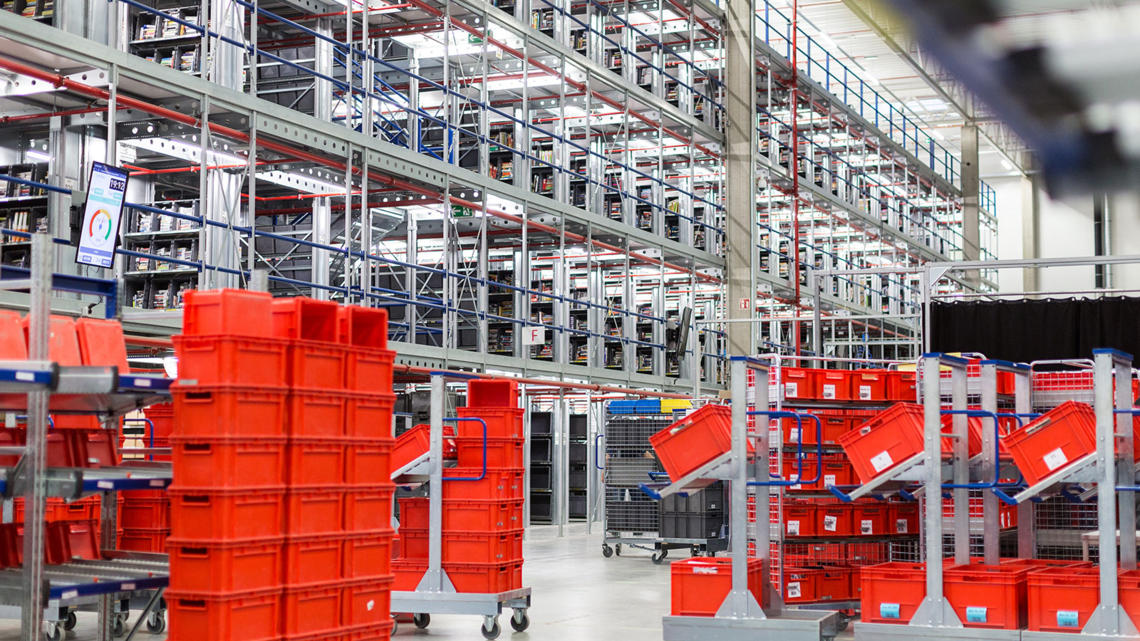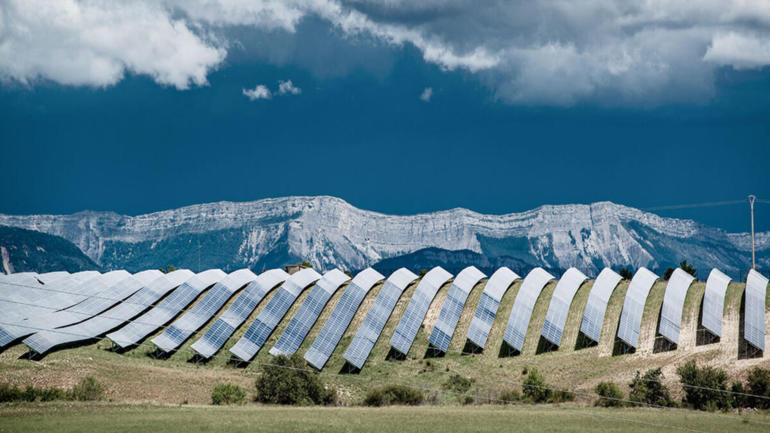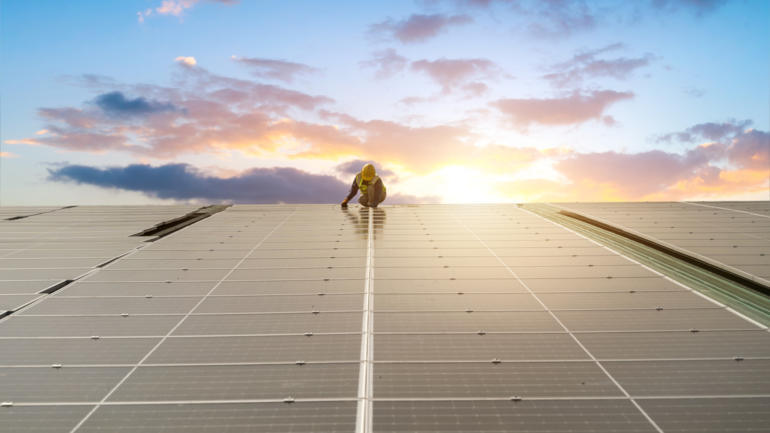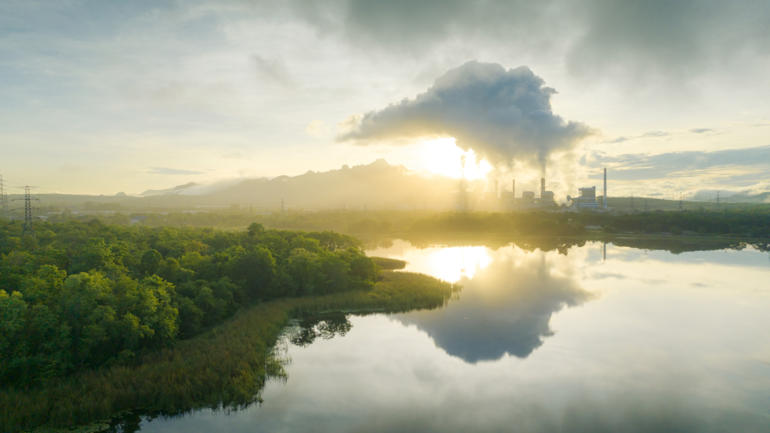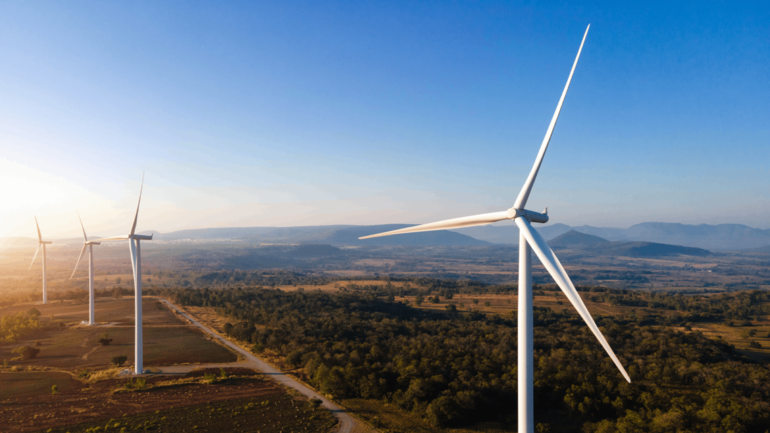WBCSD has launched a new Talanoa blog series to demonstrate that business is taking action to implement climate commitments that support and accelerate ambitious climate action.
This Talanoa blog series is a strong complement to our policy strategy and is designed to give policymakers the confidence they need to ramp up climate commitments (NDCs) on the road to COP24 and to COP26 in 2020.
Examples focus on innovative solutions, jobs created, as well growth and cost savings numbers as a result of climate action. Read them to see what motivates our member companies to take climate action and how these actions are good for growth.
BT's Talanoa blog
The business sense behind climate change action
We can all recognize that we have a collective responsibility to take climate action, but unfortunately for many they see this as a costly exercise rather than a significant opportunity. Revenue growth, cost savings, risk mitigation and reduction as well as enhanced brand value are just some of the benefits companies can reap from enacting climate acting policies, for example through simply switching to LED lighting right through to setting ambitious carbon emissions targets.
Revenue growth
Let’s start by focusing on revenue growth and the opportunity climate action presents in particular for BT and the ICT sector.
Various studies that we and others have commissioned, including the 2015 GeSI SMARTer 2030 study, recognize that the ICT sector has the potential to enable a 20% reduction of global CO2 emissions by 2030. Indeed, at BT, we’ve seen that the products services that we provide (like video conferencing and vehicle telematics) encourage greater efficiency and productivity all whilst reducing carbon footprint.
To demonstrate this potential, we announced our Net Good target in 2013 to help customers reduce their carbon emissions by at least three times the end-to-end carbon impact of our business by 2020. In the five years since we made that commitment, we are well on our way at a ratio of 2.2 to 1. To put that in some perspective, it means that in 2017/18, we helped customers reduce their emissions by 11.3 million tons of CO2e or that of nearly three million UK households. And, as the revenue from these products and services generated £5.3bn (22%) of BT’s total revenues, these products don’t just make environmental sense, they make business sense!
The ICT sector is in a unique position to both drive climate action and its revenues - it’s one we must embrace globally.
Brand value
Our work on climate action hasn’t just been recognized internally. Indeed, our work has led to us both attracting and retaining customers who take climate change as seriously as we do. We get asked as part of bid submissions to detail our environmental sustainability credentials and investors are also increasingly interested in what we are doing in this space. Our environmental leadership also helps improve our reputation with policymakers, NGOs, academics and the public. Perhaps most importantly, we also know that our employees and potential candidates are passionate about environmental sustainability and our footprint. This is particularly helpful in a competitive environment where the competition for talent is so intense.
Finally risk mitigation and viability
Just like everyone else, BT is already being affected by climate change. In the UK, we are seeing increased flooding and severe weather so to keep people connected, we need to be prepared. In some parts of the UK, equipment like our exchanges, cabinets and mobile base stations are increasingly vulnerable to climate-related risk so in some cases we’re investing in permanent flood defenses. Whilst this does include some initial outlay, the savings made by not suffering disruption of service or total rebuild of infrastructure are far greater.
We know that our suppliers also play an important role in delivering our products and help us fulfil our purpose, which is to use the power of communications to make a better world. We expect them to meet our high standards on ethics and promote environmental sustainability in our supply chain. We have an annual supply spend of over £14bn with around 18,000 suppliers.
If we find an issue with a supplier’s approach to environmental impact, we don’t just walk away. We help them identify what needs to change and check improvements are made so we can raise the bar for the whole industry.
Cost savings
As mentioned at the top of this article, perhaps one of the biggest misconceptions surrounding climate action is that it will costs businesses a lot of money to enact when in fact the opposite is true. For instance, we cut our energy bill by £29m last year through a range of measures. Whether it be through adiabatic cooling, modernizing our data centers, looking at how we can optimize our networks, introducing LED lighting and having energy management systems in our buildings, there’s a number of simple steps that can be taken to drive cost savings across businesses. Taking this approach has led us to save around £250m since 2009 – by no means an insignificant saving!
So what’s next for us?
Our reputation on climate action is something we are very proud of - and we want to continue to be leaders in this space. We’ve set a number of ambitious carbon emissions targets in recent years, including reducing our carbon emissions intensity by 87% by 2030 as well as being a net zero carbon business by 2045 – a target we set in light of the recent IPCC report.
And we’re not stopping with our own operations. We’re also working towards our target to reduce the carbon emissions in our supply chain by 29% by 2030 on 2016/17 levels.
We are continuing to develop products and services that help both ourselves and our customers reduce carbon emissions as protecting the planet and doing business are not incompatible.

